With recent entries in the Paper Mario series ranging from being just okay to being comparable to a public porta potty, it stands to reason why many people may be hesitant to try it out. The series took a dark turn once they began to stray away from traditional RPG elements in Paper Mario: Sticker Star. It’s a sad fall from grace considering that one of my first introductions into the RPG genre was the beautifully crafted Paper Mario: The Thousand-Year Door.
The Paper Mario series is an RPG spin-off of the larger Mario franchise. Set in a world where everyone is made out of paper, it combines classic mario characters with turn-based gameplay. Paper Mario The Thousand-Year Door is, in my opinion, not only the best in the series, but one of the best turn-based RPGs of the GameCube era.
Before I begin, I just want to acknowledge how well this game has aged. The world and character models, sticking to the “paper” aesthetic, look very good on the GameCube. This particular artstyle doesn’t attempt to push the GameCube hardware’s limits, and it’s all the better for it!
The game begins when Mario receives a letter containing a treasure map from a vacationing Princess Peach. This prompts him to sail to a new location by the name of Rogueport, which is outside his home of the Mushroom Kingdom. In attempting to find Peach, he stumbles upon a door containing the treasure, although it can only be opened by collecting seven crystal stars. Thus, Mario begins his search for the stars all while searching for Peach who, as you can guess, has been kidnapped yet again.
The gameplay is some of the best I’ve seen from a turn-based RPG. It isn’t just about choosing attacks and watching your choices play out in battle. Each attack requires you to play a little timing minigame. They could range from pressing the “A” button right before landing a jump to get some extra damage, or lining up a cursor in time before the attack comes out. Each attack has its own little minigame to play, so you’d best be ready at all times.
It doesn’t stop at attacking. Defense also requires you to pay attention. Right before an enemy hits, you can press the “a” button to reduce the damage you receive. This can be useful if you need to conserve as much HP as possible. But it doesn’t stop there. You can even counter an enemy’s attack by pressing the “b” button. This will not only protect you from any damage, but damage the enemy. However, the timing on the counter is insanely hard to get. Reducing damage is much easier to pull off, so sometimes it may be best to do that instead. I can’t tell you how many times I’ve gotten into a pinch because I tried to counter and failed miserably.
Mario has two main forms of attack: his iconic jump and his hammer. Certain attacks are better for certain enemies (jumping won’t work on enemies with spikes and the hammer won’t work with flying enemies). He can equip badges though (found in the overworld), which allow him access to new attacks. For example, there’s a badge that unlocks a jump attack which lets Mario jump on enemies with spikes, or a hammer attack that damages all enemies on the ground. Utilizing these badge attacks requires FP (flower points), and each attack requires a different amount.
After each battle, Mario receives experience points (referred to as star points in the game) depending on the enemies he defeated. Once he collects 100, it’s time to level up. You can pick from three upgrades with each level. You can increase your HP to give yourself more health, your FP to use more badge attacks in battle, or your BP to equip more badges. Even though Mario doesn’t receive stat increases like strength or defense, this system works surprisingly well. It doesn’t overwhelm the player, and lets them decide what they think is most important. Instead of just skipping through a level-up screen of random stat increases, you actually have a choice in the matter. If you’re getting knocked out easily, you can upgrade your HP, or if you really want to equip a new badge, you can upgrade your BP. It gives you options without feeling entirely random.
One of my favorite parts about battles is the stage on which they are set. No I’m serious, battles take place on a theater stage with an audience watching. The audience, made up of NPCs you’ve encountered on your journey, will cheer for you and fill up your special meter. This meter will allow you to use special attacks granted to you by the crystal stars. The audience can even throw you useful items in the middle of battle. However, not everyone is cheering for your victory. Those who desire your demise will throw things at you that will damage you if you aren’t careful. A prompt will appear any time someone throws you something, and you can knock them away if you want. However, make sure you scan the audience, because you can scare someone away who would’ve thrown you a useful item otherwise.
The stage theme is really fun. Depending on your attack, you might even knock over the set which will fall on you and do damage. As you progress in the game, your stage will become bigger and more audience members will show up. There are so many shenanigans happening during battles that you might think it’s overwhelming. However, these things gradually happen over time so it never feels like you’re having to manage fifty things at once. Once you get a feel for battle, it becomes almost like a comedy act on the stage. Crazy attacks flying everywhere, the set falling apart, and the audience throwing things at the performers! Even as a young adult, I still feel giddy whenever a battle begins because I know I’ll be in for a good time.
Quick fun fact about battles: Did you know that that battle theme for this game is a remix of the extremely recognizable World 1-1 theme from the original Super Mario Bros. on the NES? You probably won’t hear it at first, but if you listen carefully you can make it out!
You’ll find yourself exploring a variety of fun locations, from a medieval castle, to a cursed town that turns its residents into pigs. Each chapter unlocks a new location, and each location houses a star. I’ll be honest; I think that these locations, though admittedly small in size, are gorgeous. It’s not just because of the art style, though. Each one feels vastly different from the last, and their themings work well considering the other main aspect of each chapter…
Partners.
In each chapter (save the last few), you’ll encounter a new character who will eventually join your party. These partners have an overworld ability that can be used to affect the environment or for traversal, and abilities in battle. You can have one partner out at a time, and they have various skills that can be used. Some skills use FP, which is shared among both Mario and his party. Keep in mind that partners don’t receive experience points like Mario. They have to be improved at a specific location using a special item found all throughout the world.
Partners are really fun to use in battle. Not only are some of them unique characters, but the ones that aren’t are still given a personality (like the baby Yoshi you hatch in one chapter). Actually, even the NPCs are pretty unique. In modern Paper Mario games, many of the characters feel bland, probably because 90% of them are just toads. In this game however, you’re introduced to a plethora of characters, each one different from the last. It’s a nice breath of fresh air considering that Nintendo is a stickler with their characters and properties.
You know how I said that you don’t get stat increases with a level-up? While that still remains true, that doesn’t mean that you can’t get stronger. Some chapters contain new boots or new hammers that increase your strength respectively. They also include new traversal abilities along with them. For example, there are boots found in the second chapter that not only increase your battle strength when jumping, but also allow you to ground-pound in the overworld. These provide Mario with stat growth without delegating everything to level-ups.
Everything that I mentioned above is amazing. It causes this game to be one of my favorite turn-based RPGs of all time. However, I won’t deny that I have problems with this game. I really hate to say it considering that I love almost everything else, but it’s true.
First, the writing is a bit flawed. Yes, there are very good character moments throughout the game, but some moments don’t feel impactful enough. It comes from this game’s tone. It is still a Mario game, and therefore the tone is kept pretty light. However, the game has some admittedly dark moments. These had the potential to be very powerful and excellent story beats, yet they’re overshadowed by the goofy lines uttered by characters. I don’t think this contradiction in tone clashes well. It feels a bit awkward at times. Nintnedo should’ve allowed the developers to fully embrace the dark nature of the story when necessary, as I think it would’ve not only fixed the problem, but have added much to the themes.
Another problem is the finale. When it comes down to it, it’s just your average “collect seven magical artifacts and then challenge the final boss.” It’s really upsetting, because the amazing places you visit and people you meet allow you to forget how basic the plot structure is. However, the final chapter really amplifies it. The drastic change into your average final dungeon and final boss is very disappointing. If the game were the majestic NYC skyline, this would be the Trump tower rearing its ugly head in the distance. I’m very sad that the game falls into the basic fantasy RPG trope, because it really had a lot going for it. Even the cutscene before the final boss, while amazing to watch, sadly can’t save it.
So … yeah. If it weren’t for the final chapter, I’d probably give this game a 9.5, or maybe even a 10. Even still, the game doesn’t lose all of its charm. I still have fond memories of playing this game, even considering the finale. This is still the best game in the series, and I’m sure most people can find some sort of enjoyment with it. Despite a world of paper, the game still manages to not fold on itself!
Score: 8.5/10


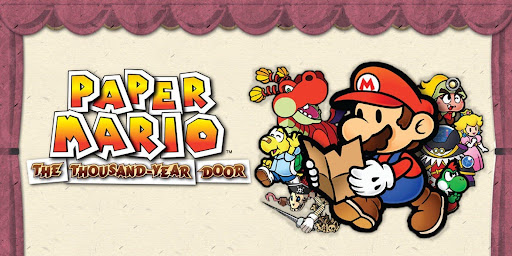



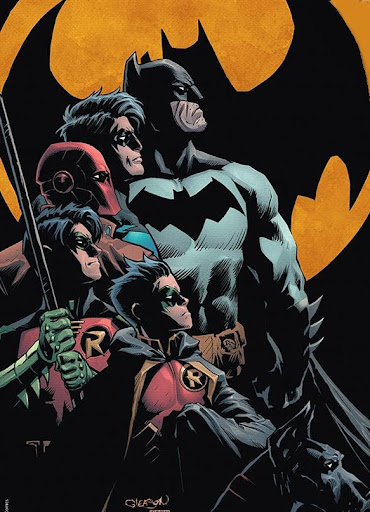
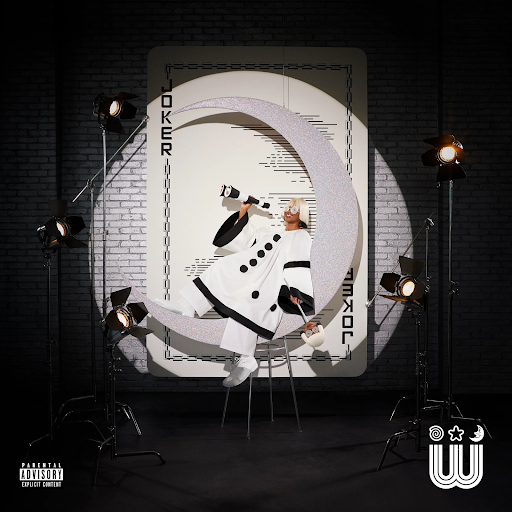




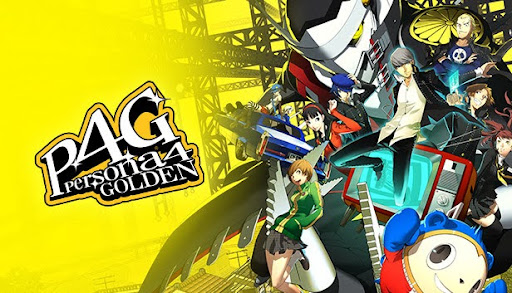
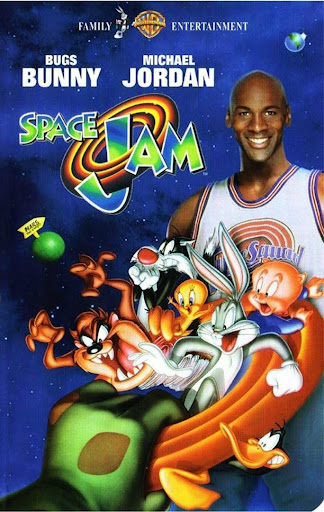
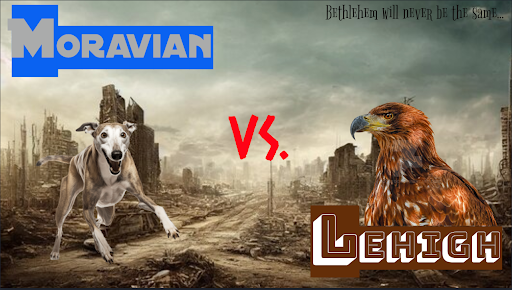
Kevin Romero • Mar 10, 2024 at 4:34 pm
You can also press the A button during attacks at specific times to show off which makes the crowd go wild.
Jeff • Mar 9, 2024 at 6:57 pm
a Trump comment in a Mario game. You guys can’t get him out of your heads can you?
Muhammad Bilal Islam • Mar 11, 2024 at 6:36 am
Thanks, I won’t even bother reading this now.
S-- • Mar 12, 2024 at 1:14 am
It’s a small world and everything is relevant to each other lol.